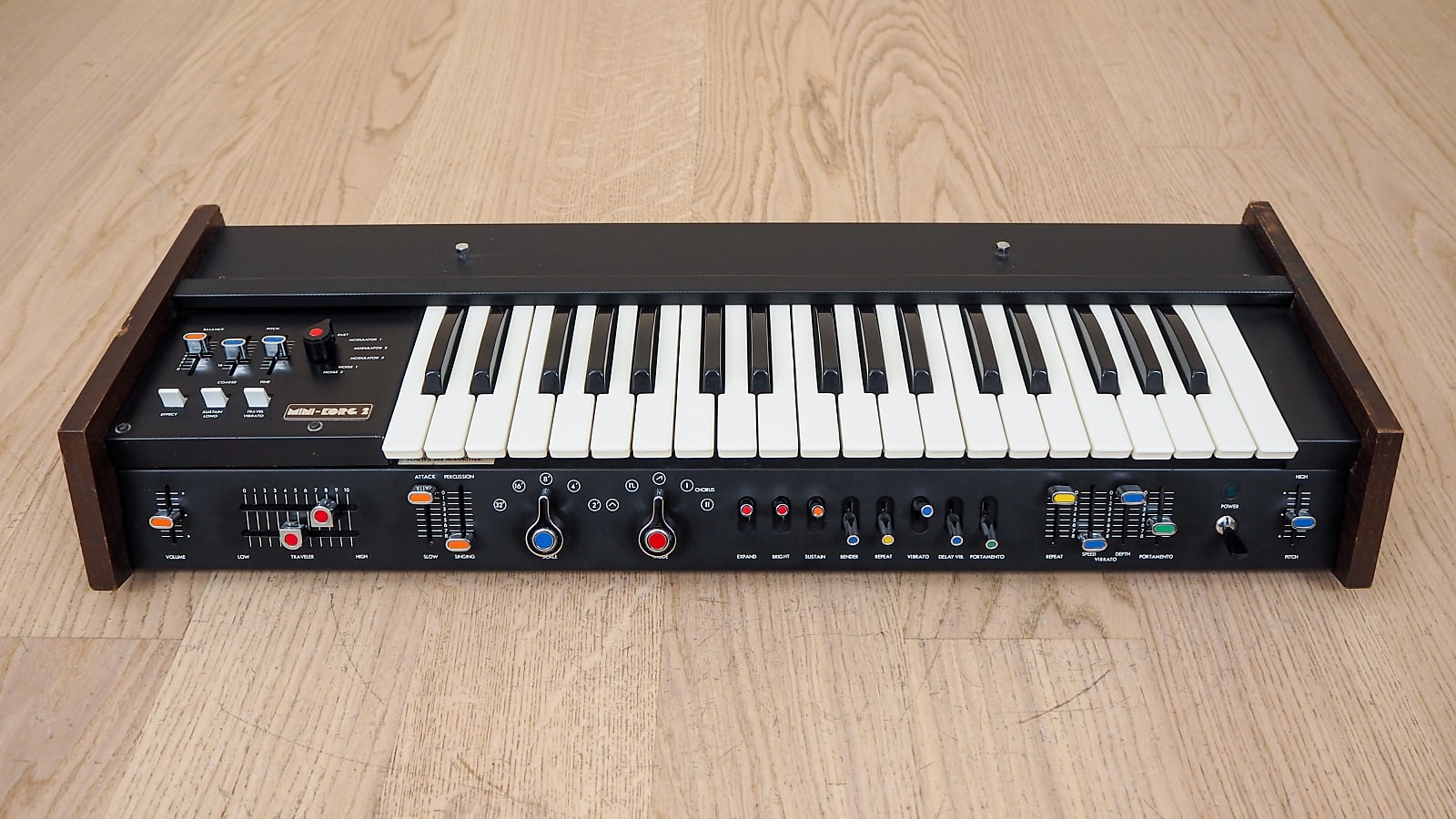I’d like to tell you about my history with music and how it has become such a big part of my life.
My earliest memories go back to about the time I started school. I remember my dad’s acoustic guitar (we still have one, though I don’t know if it’s the original) and dad would practice songs from a song book. One year, he bought a ukulele for us, which was my first introduction to strummed instruments. When I entered school, I started violin lessons. I honestly don’t remember whose idea that was but was probably something along the lines of my parents asking if I wanted to play violin and I simply agreed. I don’t have much of an impression about it, but it did reinforce my knowledge of stringed instruments, and how you must change the length of the string through pressure at certain points to change the pitch of the notes you want to play.
Before I entered 4th grade, our parents moved to another city and the moving van had an accident, which destroyed many of our possessions, my violin being one of them. Once we recovered and settled into our new home, the topic of music lessons came up again and this time the choice was piano. Quite a different concept from the previous instruments! So, my parents bought an upright piano and got me connected with a teacher and my introduction to keyboards began.
At first, I had to practice scales, chords, teacher-specified songs (learning how to read music), which helped tremendously with my technique and abilities. After maybe 5 or 6 years of lessons, I was very interested in seeing if I could duplicate songs I heard on the radio. That ended up being very good training for my ears. I could listen to part of a song, pause it and try to capture the essence of what I had heard, practice it until I could play it more easily, listen to more the song, and repeat. One of my earliest attempts was “Mr. Bojangles” which my relatives would ask me to play after I demonstrated it as one of the songs I had learned.
Perhaps one of my favorite early songs I tried to capture was Elton John’s “Funeral for a Friend/Love Lies Bleeding” from his “Goodbye Yellow Brick Road” album. I remember hearing it on the radio and was mesmerized by it. It ended up being the first album I ever bought (at the age of 14). With album in hand, I had a whole arsenal of songs I could work on. Mimicking the phrases used on piano opened my eyes (and ears) to a variety of ways to create musical passages in songs. Because of this, I would have to say that Elton John was probably my earliest inspiration for original music composition.
Once I got a taste for learning what I was listening to on the radio, I lost interest in my piano lessons, so I stopped taking them about the time I started high school. From various album credits, I learned of other keyboard instruments that musicians were using and became curious about synthesizers. In high school, I got my first synthesizer: a Mini-Korg. Of course, I had to have an amplifier to use it in conjunction with the piano (if I wanted to play both at the same time) so we got one of those, too. I had so much fun shaping sounds and trying to mimic what I heard in songs.
At one point, I met a guitarist and bass player who were interested in having me join them occasionally so we could play together. Those guys were great, and we had a lot of fun. We even played at a party I remember, though I think there were only a couple of people there. Still, it was a good experience since it made me aware of the effort needed to transport equipment, get it setup, perform, then tear it down and take it back home. Quite a bit of work!
During this time, the bass player was writing songs. I really enjoyed sitting in and working with him while he did this. I also added a cheap electric guitar to my arsenal and started writing, too. We would get together occasionally and work out songs together and them try to record them to cassette tape. It was during this time that I experimented with bouncing recordings between two cassette tape recorders when adding another part to a song.
Now, if you know anything about the mini-Korg, you know it is a monophonic synthesizer, which means you can play only one note at a time. It was great for lead melodies and effects, but for chords, I had to play the piano. I started experimenting with my track bouncing and recording the synthesizer a few times to build a chord throughout the process. For example, I’d play one note of a chord throughout a song, then play it back while recording it with a second note of the chord being played, etc. until I had a full playthrough that had full chords from the synthesizer. Granted, the sound quality was abysmal, but it was satisfying to create music like this to at least present a complete idea.
Back in those days, multi-track recorders were cost-prohibitive (for a student like me) but I was able to get a simple reel-to-reel, which gave me the option of recording to one track of two (stereo) and bouncing between left and right tracks that way, creating a monophonic result on the final pass. This quality was slightly better than recording the playback of a cassette player, but it was definitely an improvement.
With this background, I started paying more and more attention to music that highlighted synthesizers and keyboards in general.
In my next entry, I’ll take you through some of my influences that shaped the direction of my music creation.





